10 Must-Know Python Libraries for MLOps in 2025

by
Carbon Neutral Regulation in AI Training

by
MLOps, or machine learning operations, is all about managing the end-to-end process of building, training, deploying, and maintaining machine learning models.
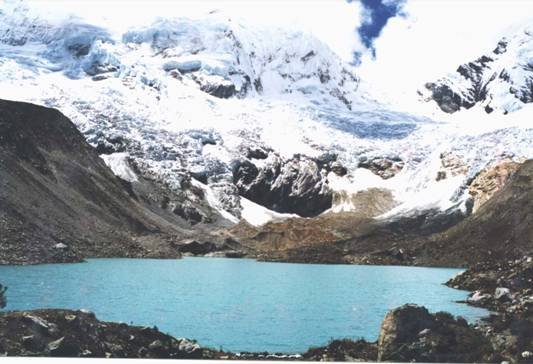
A plaintiff from the Global South. A carbon giant from the Global North. And a courtroom in a mid-sized German city. On May 28, 2025, the Higher Regional Court of Hamm issued its ruling in what has become Germany’s most high-profile climate lawsuit — Lliuya v. RWE. While the court dismissed the claim brought by […]

by
Sustainable drainage provides nature-based solutions to drainage that alleviate surface water flooding and storm overflows, and support biodiversity. Experts from the water, infrastructure and environmental sectors appeared to welcome the UK Government’s new standards for the design, maintenance and operation of sustainable drainage systems (SuDS), published on 19 June. With a declared ambition to build […]
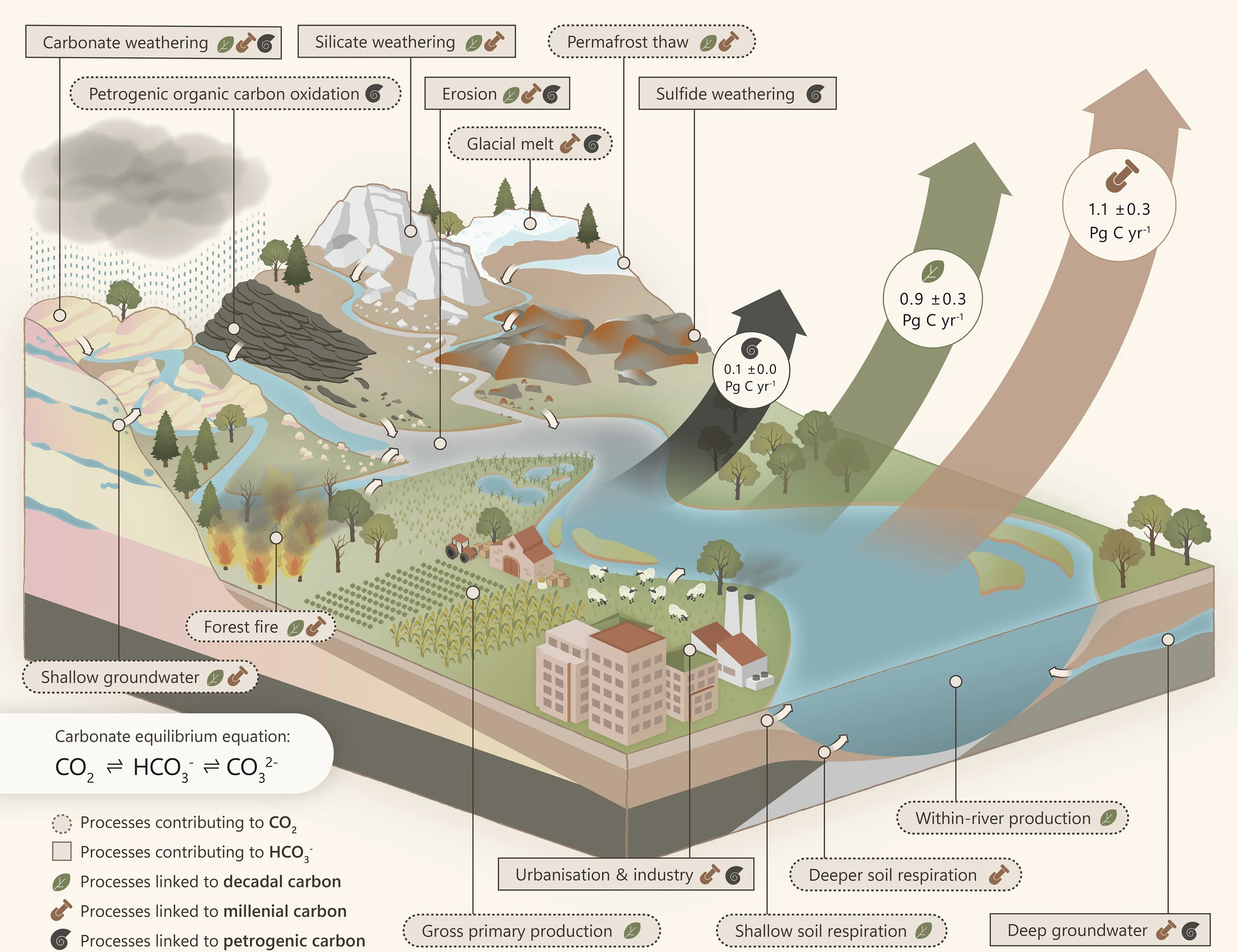
The perception of how the land surface releases carbon dioxide (CO2) typically conjures up images of large-scale deforestation or farmers churning up the soil. However, there is an intriguing – and underappreciated – role played by the world’s rivers. Right now, plants and soils absorb about one-third of the CO2 released by human activity, similar […]

by
This article contains paid for content produced in collaboration with VEGA Controls. As industries continue to focus on safety, efficiency, and system reliability, VEGA Controls is providing its range of conductivity level switches as a simple yet effective solution for accurate point level detection. Designed for ease of use, robust performance, and straightforward integration, these […]
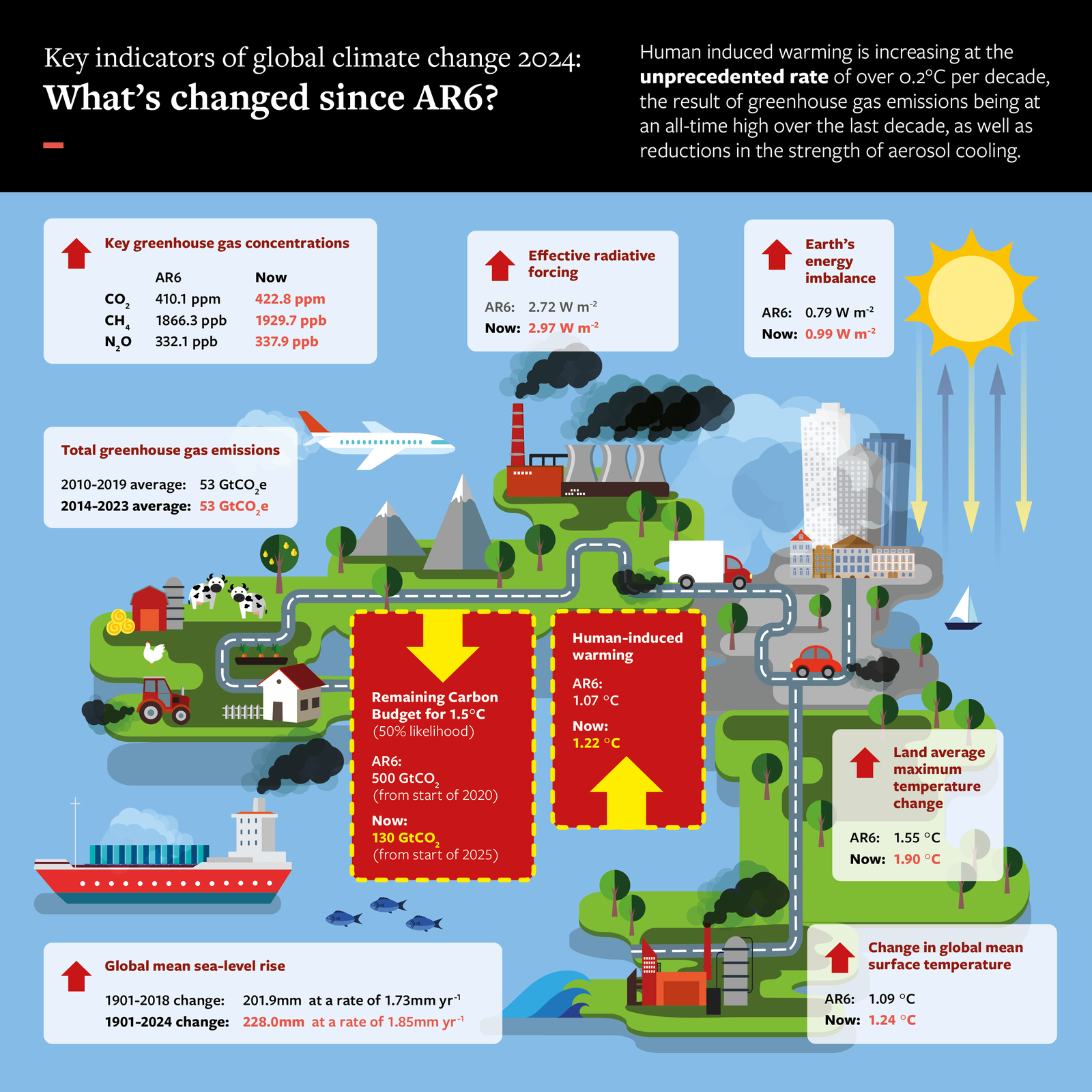
Human-caused greenhouse gas (GHG) emissions in 2024 continued to drive global warming to record levels. This is the stark picture that emerges in the third edition of the “Indicators of Global Climate Change” (IGCC) report, published in Earth System Science Data. IGCC tracks changes in the climate system between Intergovernmental Panel on Climate Change (IPCC) […]
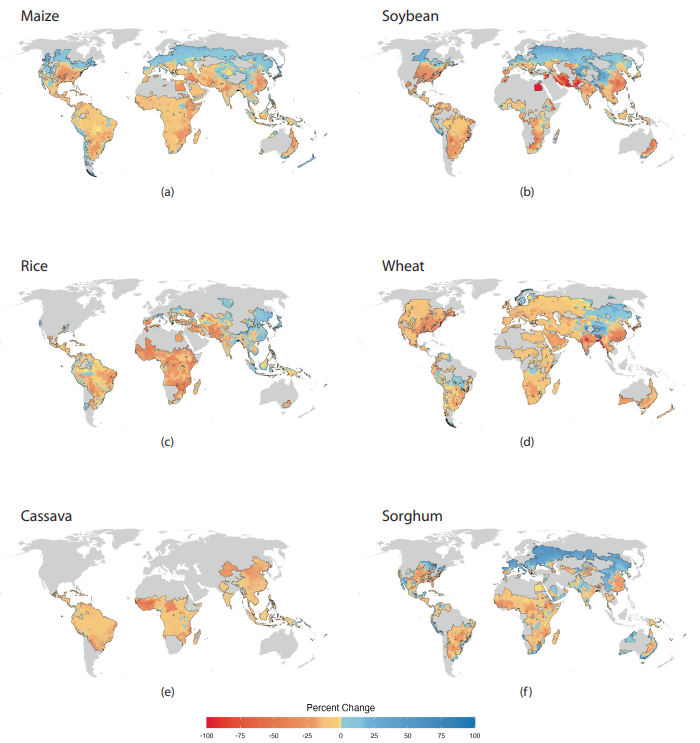
Average global yields of six staple crops could fall by more than 11% under a moderate warming scenario by the end of the century – even when accounting for how farmers could adapt to climate change, new research finds. The study, published in Nature, examines changes in yields for cassava, maize, rice, sorghum, soya bean […]

We handpick and explain the most important stories at the intersection of climate, land, food and nature over the past fortnight. This is an online version of Carbon Brief’s fortnightly Cropped email newsletter. Subscribe for free here. Key developments Ocean warming woes NEAR-RECORD HIGHS: Global ocean temperatures remain “near record temperatures”, according to data from the […]

by
The findings suggest “there is a very long way to go when it comes to making packaging recyclability in the UK easy to understand for the consumer”. New research indicates that the majority (70%) of British consumers admit they are confused by what packaging can and can’t be recycled. Undertaken by Aquapak, a developer of […]

by
Trade group Steel for Packaging Europe has confirmed the highest ever EU recycling rate for steel packaging,1 bringing the steel packaging sector closer to fully closing the material loop. Independently verified and calculated using the EU’s harmonised methodology, the latest figures reveal that 82% of steel packaging placed on the market was ‘really recycled’ in […]

by
Aerial drone view of saltmarshes at low tide exposing mud flats and streams at Motney Hill, Medway. The world’s saltmarshes are disappearing three times faster than forests, threatening global progress on climate change goals, according to a major new report co-led by the UK Centre for Ecology & Hydrology. In a natural state, saltmarsh absorb […]

by
The UK can become more resilient to global instability by using resources more efficiently and giving consumers a “right to repair”, say a group of MPs, peers, and leading businesses and charities. As the government develops England’s first Circular Economy Strategy, the All-Party Parliamentary Group (APPG) for the Environment – chaired by Labour’s Andrew Pakes […]

by
MIT Morningside Academy for Design (MAD) Fellow Caitlin Morris is an architect, artist, researcher, and educator who has studied psychology and used online learning tools to teach herself coding and other skills. She’s a soft-spoken observer, with a keen interest in how people use space and respond to their environments. Combining her observational skills with active community engagement, […]
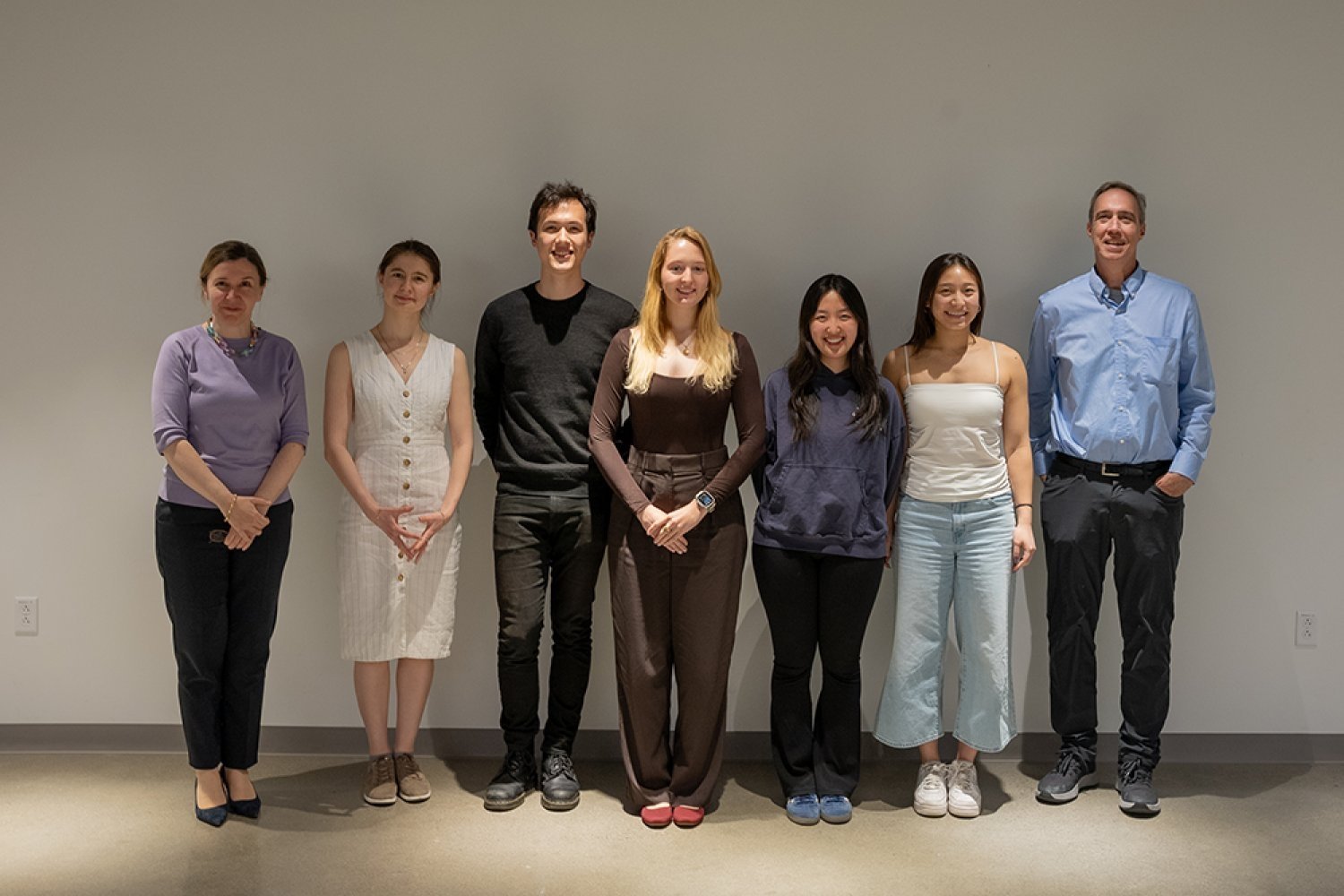
by
During his first year at MIT in 2021, Matthew Caren ’25 received an intriguing email inviting students to apply to become members of the MIT Schwarzman College of Computing’s (SCC) Undergraduate Advisory Group (UAG). He immediately shot off an application. Caren is a jazz musician who majored in computer science and engineering, and minored in music […]
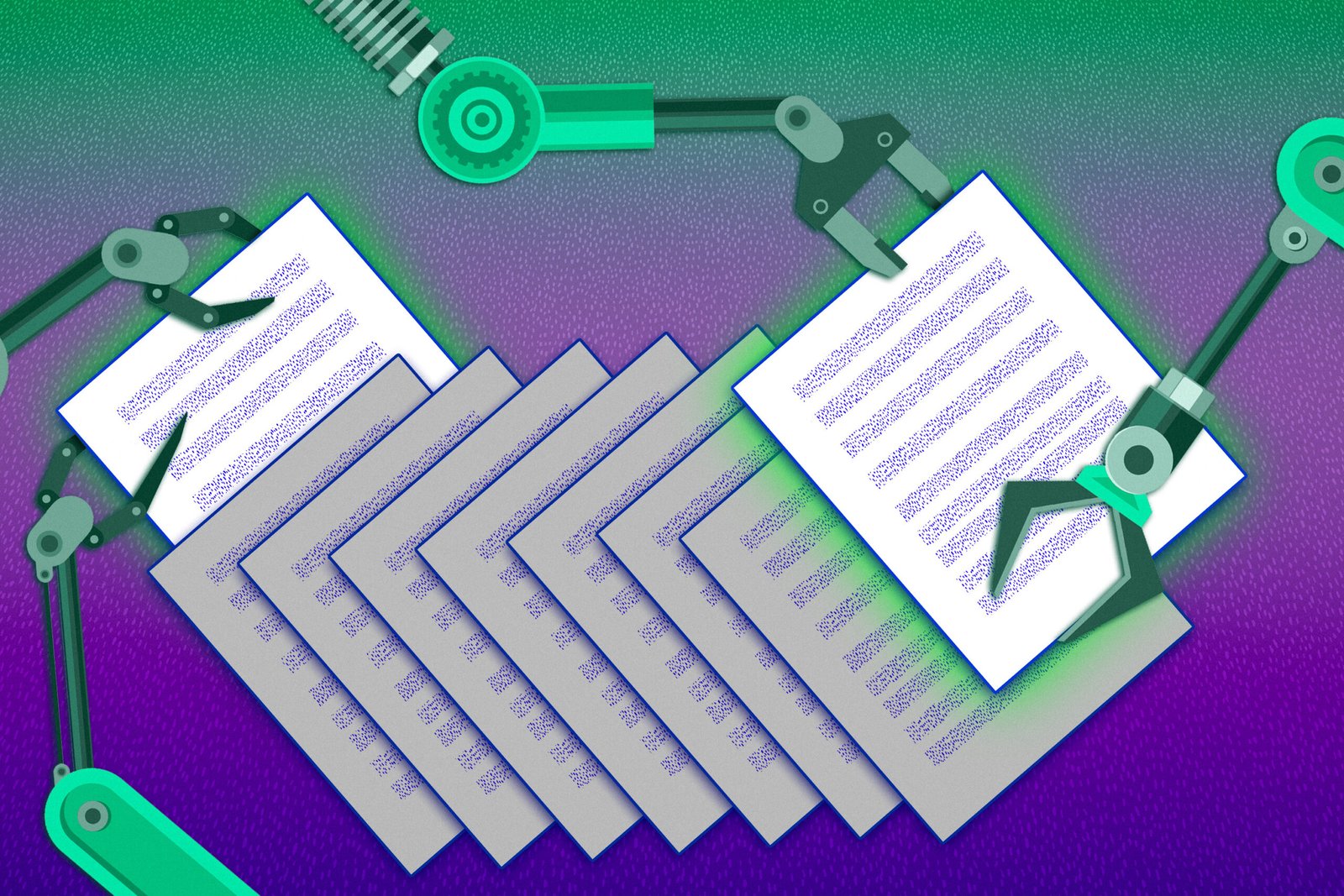
by
Research has shown that large language models (LLMs) tend to overemphasize information at the beginning and end of a document or conversation, while neglecting the middle. This “position bias” means that, if a lawyer is using an LLM-powered virtual assistant to retrieve a certain phrase in a 30-page affidavit, the LLM is more likely to […]

新研究显示,中国来自农业机械的碳排放快速增长,可能会“阻碍”该国实现净零排放的目标。 这项发表在《自然-食品》(Nature Food)期刊上的研究发现,自1985年以来,中国农业机械CO2(二氧化碳)排放量增加了大约七倍。 研究人员利用政府发布的不同时期农机数量统计数据,计算了1985年至2020年期间CO2排放量及其他空气污染物的变化。 他们发现,自1985年以来,农业机械的CO2排放量平均每年增长近6%。 研究指出,按照中国实现2060年净零排放目标的路径,若农业机械化程度按“预期趋势”继续提升,其相关排放在2050年可能占中国总排放量的21%。 上微信关注《碳简报》 作者表示,这可能会使中国实现减排目标更加困难,并导致空气质量“恶化”。 然而,研究还发现,如果广泛采用由可再生能源驱动的农业机械,有望减少65%至70%的相关排放。 一位未参与该研究的专家对Carbon Brief表示,尽管该研究“具有价值”,但农业机械不太可能在总排放量中占到如此高的比例。 “如果中国在减少其他排放源方面取得了快速进展……那么我预计在农业机械的脱碳方面也会取得显著成效。”她说。 农机相关排放 粮食系统大约占人类温室气体排放的三分之一。 这一数字涵盖了与粮食生产相关的所有排放——从因森林砍伐或土地使用变化导致的排放,到奶牛打嗝或粪便释放的甲烷。 这项新研究的数据来自《中国统计年鉴》,后者提供了各种社会经济指标的年度统计数据。研究者从中提取了中国农业机械的数量与功率、机械所用的燃料属性、耕地面积、人口等信息。 除了CO2排放量外,研究者还计算了三种与农业机械相关的空气污染物排放量:PM2.5(细颗粒物)、NOx(氮氧化物)和THC(总烃)。 研究者将农业机械分为四类:小型拖拉机、大型拖拉机、田间管理机械和收割机械。然后,他们计算了每类机械在每一年的CO2、PM2.5、NOx和THC排放量。 下图展示了1985年至2020年研究期间的CO2排放量。图中柱状表示不同类型农业机械的排放量:收割机械(浅蓝色)、田间管理机械(粉色)、小型拖拉机(浅绿色)和大型拖拉机(深绿色)。 他们发现,农业机械CO2排放总量已从1985年的约23MtCO2(1MtCO2=百万吨二氧化碳),增长到2020年的近160MtCO2,年均增长率为5.7%。 这相当于2020年中国总排放量的约1.5%。虽然比例不高,但作者指出,这一排放量实际上超过了部分国家的年排放总量,如荷兰、菲律宾和尼日利亚。 尤其是,大型拖拉机所带来的排放量自2005年以来平稳增长,作者将此归因于“一系列推动大型机械化的政策”。 未参与该研究的中山大学教授覃章才表示,该研究将农业机械排放从更广泛的食品系统中拆分出来“提供了独特的视角”。覃教授表示,该做法“使政策制定者能够在不影响农业生产力的情况下,设计有针对性的干预措施”。 区域分布 研究者还将排放数据细化到省级层面,发现不同地区农业机械排放量差异很大。排放量最低省份仅有约0.1MtCO2,而排放最高的省份则达到17.5MtCO2。 他们发现,中国东部和东北的五个省份——山东、河南、黑龙江、河北和安徽,占农业机械排放总量的40%以上。这些省份合计拥有全国三分之一的耕地面积和约46%的农机总动力。 然而,即使在这些高排放地区之间,机械类型的构成也存在差异,有些省份更依赖大型拖拉机,有些则以田间管理机械为主。 未参与该研究的《Our World in Data》副主编汉娜·里奇(Hannah Ritchie)博士表示,这种次国家级排放分析是该研究的关键进展之一。 里奇博士解释说:“这种排放估算的空间分辨率极具价值,因为在中国这样幅员辽阔的国家,各地排放差异显著。它还为未来在不同机械化程度和低碳技术采纳率下的潜在排放路径,提供了重要的洞见。” 增长因素 研究人员确定了四个推动排放增加的社会经济因素:人口增长、人均耕地面积变化、机械化水平以及排放强度。 下图展示了由排放强度(深蓝色)、机械化水平(浅蓝色)、人均耕地面积(黄色)和人口(橙色)的变化所导致的CO2排放量变化(黑色)。 论文指出,在这些因素中,机械化水平的提升“主导”了排放变化。仅这些变化就导致1985年至2000年间排放量增加了约100%。 研究指出,人口增长也是研究区间早期农业机械排放量增长的重要驱动力,但自2000年以来,这一因素的影响有所减弱。 相比之下,作者指出,排放强度的上升总体上反而促使排放减少;而“耕作压力”在研究初期推动了排放上升,但自2000年起则转而起到抑制排放的作用。 碳排放目标 作者指出,根据现行政策,中国致力于“到2035年主要农作物生产实现全过程机械化”。 因此,他们警告称,若农业机械化持续增长且未加遏制,可能会对中国实现“双碳”目标构成挑战。(“双碳”目标指的是中国承诺在2030年前实现碳达峰,并在2060年前实现碳中和。) 作者指出,有效减排需在短期和长期分别采取不同策略,并强调从短期可用性来看,“生物燃料和天然气将在未来十年发挥重要作用”。 作者还认为,从长远来看,可再生能源以及绿氢“具有最大的减排潜力”。 此前研究表明,使用自动化设备、电动拖拉机和可再生能源可以减少90%的农业排放。 里奇表示,她“对农业机械的相对(排放量占比)在2050年能达到20%持一定怀疑态度”。 她补充道:“这基于一个假设,即这些排放大多不会减少,而其他大多数行业排放迅速下降。但如果中国在减少其他排放源,包括卡车等更大型的道路运输排放和其他农业排放方面取得快速进展……那么我预计在农业机械的脱碳方面也会取得显著成效。” 解读:何为中国城市低碳转型的“深圳模式”? Translations | 10.06.25 分析:清洁能源首次助力中国碳排放下降 China energy | […]

by
Heat network developer 1Energy has secured £21m of investment from the government for a city-wide heat network in Oxford.1 The company plans to initially invest an additional £100mn of private capital2 to develop, build and operate the first phase of the Oxford Energy Network.3 Over time, 1Energy said its investment into the project could amount […]

by
Buddy blues: chalkhill blue butterflies at St Catherine’s Hill (image credit: Mike Blacknell). People are being encouraged to come to South Downs National Park’s ReNature Festival (22 to 29 June), as new ecological data appears to reveal that the park’s ongoing ReNature initiative – which aims to restore and create wildlife havens across Sussex and […]